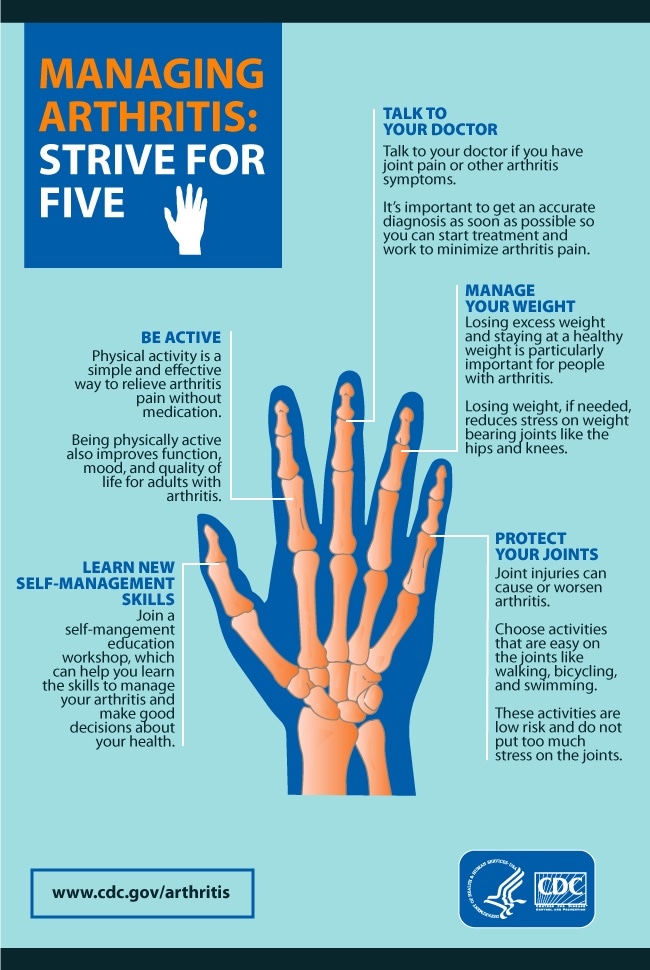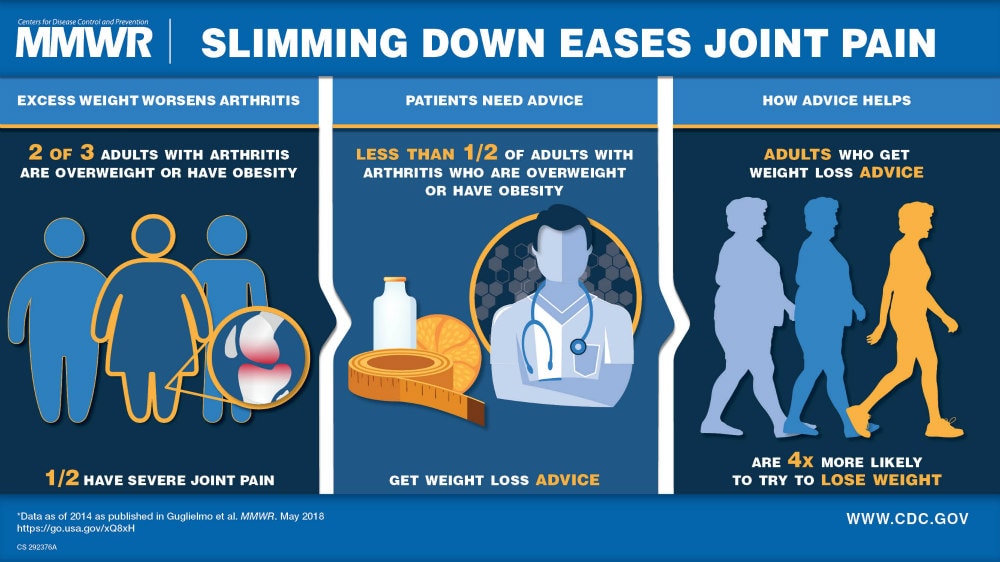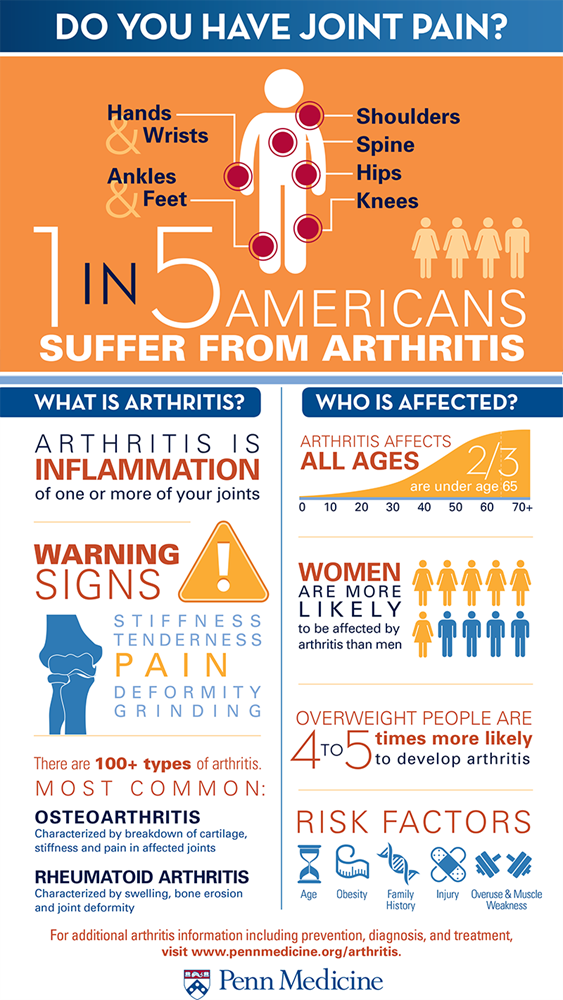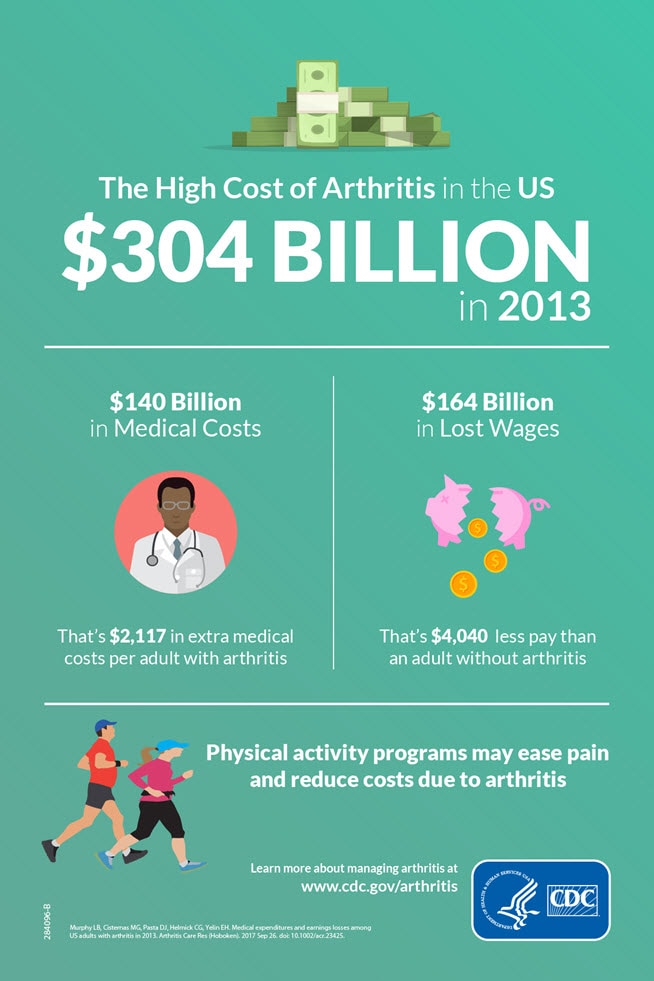Discover the secret natural remedies that are scientifically proven to ease rheumatoid arthritis pain and improve overall quality of life.
Table of Contents
- Introduction: Understanding Rheumatoid Arthritis
- Spotting the Signs: What Does RA Pain Feel Like?
- Taking Action Against Pain: Simple Ways to Feel Better
- Eating Right to Fight Inflammation
- Moving and Grooving: Exercise for RA
- The Power of Rest: Good Sleep Makes a Difference
- Warmth for Wellness: Heat Therapy
- When to See a Doctor: Getting Help for RA
- The Power of Positivity: Mental Health and RA
- In Summary: Tips and Tricks to Keep in Mind
- FAQs: Questions Kids Might Ask About RA
Introduction: Understanding Rheumatoid Arthritis
In this section, we will explore what rheumatoid arthritis is and how it can cause pain and fatigue.
Rheumatoid arthritis, often called RA for short, is a health condition that makes joints hurt and swell up. When someone has RA, their immune system, which normally helps keep their body healthy, gets mixed up and starts to attack their own joints by mistake. This can make the joints feel stiff, sore, and difficult to move.
Along with causing pain in the joints, rheumatoid arthritis can also make a person feel very tired. This tiredness, which can be constant and overwhelming, is known as chronic fatigue syndrome. It can make everyday activities like playing, walking, or even getting out of bed seem much harder than they should be.
Spotting the Signs: What Does RA Pain Feel Like?
When someone has rheumatoid arthritis, one of the most common signs is joint pain. This pain can feel different for each person, but there are some key things to look out for.
Joint Pain and Stiffness
If you have rheumatoid arthritis, your joints might feel stiff and hurt when you move them. It is like a creaky door that needs some oil to move smoothly. This stiffness can make it hard to do everyday things like writing, tying shoelaces, or even getting out of bed in the morning.
Other Common Symptoms
Aside from joint pain and stiffness, there are other signs to watch for. Some people with rheumatoid arthritis may feel extremely tired all the time, no matter how much rest they get. They might also experience morning stiffness, where their joints feel especially sore and stiff when they first wake up.
Taking Action Against Pain: Simple Ways to Feel Better
Living with joint pain can be tough, but there are simple ways to help reduce the discomfort caused by conditions like rheumatoid arthritis. Let’s explore some effective strategies that can make a big difference in managing pain and promoting overall well-being.

Image courtesy of www.cdc.gov via Google Images
Home Remedies That Help
When your joints are hurting, there are easy remedies you can try right at home. One option is to take a warm bath or shower. The heat can help relax your muscles and ease the pain in your joints. Another simple remedy is to apply a heating pad or warm towel to the sore area. This can provide immediate relief and make you feel more comfortable.
Talking About Ashwagandha
Ashwagandha is an herb that has been used for centuries in traditional medicine. It is believed to have anti-inflammatory properties, which can help reduce swelling and pain in the joints. Some people find that taking ashwagandha supplements on a regular basis can help alleviate joint discomfort associated with rheumatoid arthritis. Always talk to your doctor before trying any new supplements to ensure they are safe for you.
Eating Right to Fight Inflammation
Inflammation is when parts of the body get swollen and start to hurt. For kids with rheumatoid arthritis, this inflammation can make their joints ache and feel stiff. But did you know that eating certain foods can help fight this swelling and make the pain go away?
Anti-Inflammatory Foods
Some foods are like superheroes when it comes to fighting inflammation. They can swoop in and help reduce the swelling in your body, making your joints feel much better. Foods like broccoli, blueberries, and salmon are packed with powerful nutrients that can calm down the inflammation and ease the pain.
Foods to Avoid
Just as some foods can be heroes, others can be villains when it comes to inflammation. Foods high in sugar, like candy and soda, can actually make the swelling worse. It’s important to limit how much of these sugary treats you eat to keep your joints happy and healthy.
By choosing the right foods and steering clear of the ones that can make inflammation worse, kids with rheumatoid arthritis can help their bodies fight pain and feel better overall.
Moving and Grooving: Exercise for RA
Living with rheumatoid arthritis (RA) can be tough, but staying active is one way to help manage the pain and stiffness in your joints. Even when you feel tired, moving around can make a big difference in how you feel. Let’s explore why exercise is important for RA and discover some fun activities to keep you moving and grooving!

Image courtesy of www.cdc.gov via Google Images
Fun Activities for Every Day
Exercise doesn’t have to be boring or difficult. There are plenty of fun activities you can do every day to help keep your joints happy. Try activities like walking, swimming, yoga, or riding a bike. These exercises are gentle on your joints and can help improve flexibility and strength.
Listening to Your Body
It’s important to listen to your body when exercising with RA. Pay attention to how you feel during and after exercise. If something hurts too much, it’s okay to stop. Pushing through pain can make things worse. Start slow and gradually increase the intensity of your workouts as you feel more comfortable. Remember, it’s all about finding the right balance between moving and resting.
The Power of Rest: Good Sleep Makes a Difference
Living with rheumatoid arthritis can make you feel very tired, and getting enough sleep is super important to help you feel better. Good sleep is like magic for your body, especially when you have joint pain and inflammation from RA.
Sleep Tips for Better Rest
Having a bedtime routine can help signal to your body that it’s time to wind down and get ready for sleep. Try turning off screens like phones and tablets an hour before bedtime, and maybe read a book or listen to calming music instead. It’s also helpful to make your bedroom a cozy, quiet place for sleep by keeping it dark and cool.
Creating a Sleep-Friendly Environment
Another way to make sure you get a good night’s rest is to make sure your bed is comfy. Having a pillow that supports your neck and a mattress that’s not too soft or too hard can make all the difference. Some people find using a weighted blanket or wearing earplugs can help them sleep better. Experiment with different things to see what helps you get the most restful sleep possible.
Warmth for Wellness: Heat Therapy
In this section, we will explore how heat therapy can help ease joint pain associated with rheumatoid arthritis and provide simple ideas for using heat at home to find relief.

Image courtesy of www.pennmedicine.org via Google Images
How Heat Helps RA
Heat therapy can work wonders for soothing sore joints affected by rheumatoid arthritis. When heat is applied to aching areas, it increases blood flow, relaxes muscles, and helps to reduce stiffness and pain. It can also help to improve flexibility and range of motion in the affected joints, making movement easier and more comfortable.
Easy Heat Therapy Ideas
There are various ways to incorporate heat therapy into your daily routine to alleviate rheumatoid arthritis pain. One simple method is to use a warm compress, such as a warm towel or heating pad, on the affected joints for 15-20 minutes at a time. Another option is to take a warm bath or shower to relax your muscles and ease discomfort. Additionally, using a heated blanket or wrap can provide continuous warmth to keep your joints feeling better throughout the day.
When to See a Doctor: Getting Help for RA
It’s essential to pay attention to your body and recognize when it’s time to seek help from a doctor if you have rheumatoid arthritis (RA). Consulting with a healthcare professional can make a big difference in managing your condition and alleviating your symptoms.
Knowing When to Get Professional Help
If you are experiencing persistent joint pain, swelling, and stiffness that do not improve with home remedies or over-the-counter medications, it’s time to see a doctor. Additionally, if you notice any changes in your symptoms or if your pain is becoming more intense and affecting your daily activities, seeking medical advice is crucial.
What to Expect at the Doctor’s
When you visit a doctor for your RA, they will likely perform a physical examination to assess your joints, check your range of motion, and evaluate any swelling or tenderness. They may also order blood tests or imaging studies to confirm the diagnosis and determine the severity of your condition.
Based on their evaluation, your doctor may recommend a treatment plan that could include medications to reduce inflammation and manage pain, physical therapy to improve mobility and strengthen your joints, and lifestyle modifications to support overall health and well-being.
Remember that seeking timely medical attention and following your healthcare provider’s guidance are essential steps in effectively managing RA and improving your quality of life.
Don’t hesitate to reach out to your doctor if you have any concerns or questions about your condition. Your healthcare team is there to help you navigate the challenges of living with rheumatoid arthritis.
The Power of Positivity: Mental Health and RA
In addition to physical discomfort, rheumatoid arthritis can also take a toll on our mental well-being. Feeling happy and positive can actually make a big difference in managing RA symptoms. Here’s how:

Image courtesy of www.cdc.gov via Google Images
Importance of a Positive Mindset
When we think happy thoughts and maintain a positive attitude, our brains release feel-good chemicals called endorphins. These chemicals act like natural pain relievers and can help reduce the perception of pain caused by rheumatoid arthritis.
Staying Cheerful in Tough Times
Living with a chronic condition like RA can be challenging, but finding things that bring joy and happiness into our lives can help us cope better. Whether it’s spending time with loved ones, enjoying hobbies, or practicing mindfulness, finding moments of happiness can lighten the burden of RA symptoms.
| Treatment | Description | Benefits |
|---|---|---|
| Medication | Prescribed medication to reduce inflammation and pain. | Reduces swelling, stiffness, and pain. |
| Physical Therapy | Exercises and stretches designed to improve mobility and reduce pain. | Improves joint flexibility and muscle strength. |
| Healthy Diet | Eating a balanced diet with anti-inflammatory foods. | Reduces inflammation and supports overall health. |
| Hot/Cold Therapy | Applying heat or cold packs to reduce pain and inflammation. | Temporarily relieves pain and reduces swelling. |
| Acupuncture | Traditional Chinese medicine technique involving inserting thin needles into specific points on the body. | May help reduce pain and improve overall well-being. |
Tips for Maintaining Positivity
Here are a few simple tips to help you stay positive while managing rheumatoid arthritis:
- Practice gratitude by focusing on the good things in your life.
- Surround yourself with supportive and understanding friends and family members.
- Engage in activities that bring you joy and make you feel good about yourself.
- Set small, achievable goals for yourself to maintain a sense of accomplishment.
By incorporating positivity into your daily routine, you can not only improve your mental health but also positively impact your physical well-being in the battle against rheumatoid arthritis.
In Summary: Tips and Tricks to Keep in Mind
As we learned, rheumatoid arthritis can cause joint pain and inflammation, making you feel tired. Here are some simple tips to help you manage the pain and discomfort associated with RA.
Joint Pain and Stiffness
When your joints feel sore and stiff because of RA, try taking warm baths or using heating pads to help ease the discomfort.
Other Common Symptoms
Feeling really tired and having morning stiffness are common signs of RA. Make sure to get enough rest and exercise to help manage these symptoms.
Home Remedies That Help
Simple remedies like warm baths, gentle stretching exercises, and relaxation techniques can help alleviate joint pain at home.
Talking About Ashwagandha
Ashwagandha is an herb that may help reduce inflammation and pain associated with RA. Consult with your doctor before introducing any new supplements into your routine.
Anti-Inflammatory Foods
Foods like berries, fatty fish, and leafy greens can help reduce inflammation in your body. Incorporating these into your diet can make a difference in managing RA pain.
Foods to Avoid
Avoiding processed foods, sugary snacks, and fried foods can help keep inflammation at bay. Be mindful of your diet and make healthy choices to help control your RA symptoms.
Fun Activities for Every Day
Engaging in fun exercises like swimming, biking, or dancing can help keep your joints happy and improve your overall well-being. Find activities you enjoy and make them a part of your daily routine.
Listening to Your Body
It’s important to listen to your body and know when to take a break. If exercise or movement is causing you pain, stop and rest. Always prioritize your health and well-being.
Sleep Tips for Better Rest
Establishing a bedtime routine, creating a cool and dark sleep environment, and avoiding screen time before bed can improve the quality of your sleep. Good rest is essential for managing RA.
Creating a Sleep-Friendly Environment
Make your bedroom a peaceful and comfortable place for sleep by keeping it clutter-free, adjusting the room temperature, and using calming scents or sounds to promote relaxation.
How Heat Helps RA
Applying heat to sore joints can help relax muscles, reduce pain, and improve flexibility. Try using warm towels, heating pads, or warm baths to soothe your joints.
Easy Heat Therapy Ideas
Experiment with different heat therapy methods like warm compresses, heated blankets, or heat wraps to find what works best for you in providing relief from RA pain.
Knowing When to Get Professional Help
If you experience worsening pain, severe swelling, or limited mobility due to RA, it’s important to seek guidance from a healthcare professional. They can provide tailored treatments to manage your condition.
What to Expect at the Doctor’s
During your doctor’s visit for RA, you can expect to discuss your symptoms, undergo physical examinations, and explore treatment options. Don’t hesitate to ask questions or voice any concerns you may have.
By incorporating these tips and tricks into your daily routine, you can take proactive steps to manage rheumatoid arthritis and improve your overall quality of life. Remember to stay positive, listen to your body, and seek help when needed to navigate your RA journey successfully.
FAQs: Questions Kids Might Ask About RA
What is Rheumatoid Arthritis (RA)?
Rheumatoid Arthritis, also known as RA, is a type of arthritis that causes pain and swelling in the joints. It can make it hard to move and do things without feeling uncomfortable.
Can Kids Get Rheumatoid Arthritis?
While RA is more common in adults, kids can also get a type of arthritis called Juvenile Idiopathic Arthritis (JIA) which is similar to RA. It is essential to consult a doctor if you experience joint pain and stiffness.
What Causes Rheumatoid Arthritis?
Doctors are not sure what exactly causes RA, but they think it might be related to the body’s immune system attacking the joints by mistake. This can lead to inflammation and pain.
How Does Someone Know if They Have Rheumatoid Arthritis?
People with RA may have symptoms like joint pain, swelling, stiffness, fatigue, and trouble moving. A doctor can do some tests to see if someone has RA.
Can Rheumatoid Arthritis Be Cured?
There is currently no cure for RA, but there are treatments available to help manage the pain and symptoms. It is essential to work with a healthcare provider to find the best treatment plan.
How Can I Help Someone with Rheumatoid Arthritis Feel Better?
Being understanding and supportive is key. You can help by being patient, offering to help with tasks that might be challenging, and being there to listen when they need to talk.





